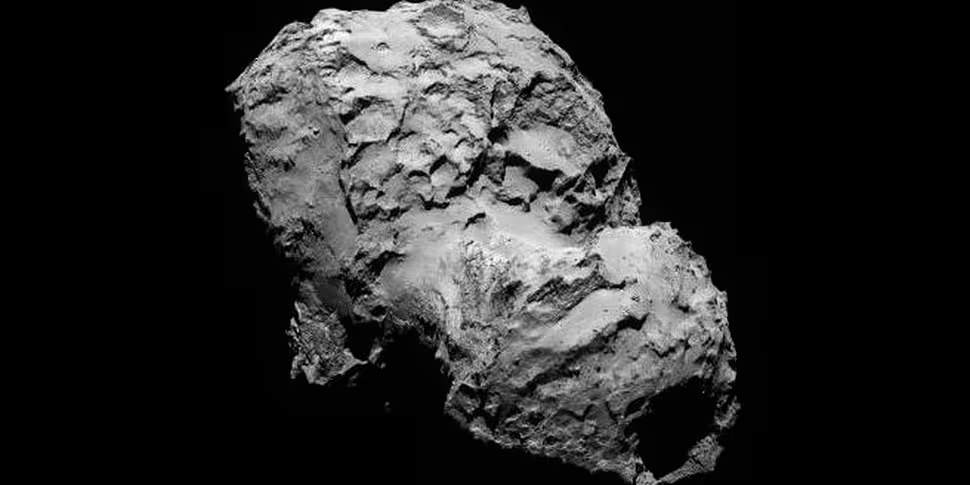Wednesday marks an important day for the ESA and the Rosetta mission, who are making an ambitious attempt to put a probe on the surface of a comet. If the mission is successful, Rosetta will be the first spacecraft to soft-land a robot on a comet.
Currently Rosetta is making a long arc around the comet in question, named 67P/Churyumov-Gerasimenka, but shortly after 06.00 GMT the orbiter will make a sharp turn and eject the robotic probe towards its target.
Rosetta was launched in 2004 and since then the spacecraft has made three flybys of Earth and one of Mars to help it come in contact with the comet it’s chasing. Rosetta runs on solar energy alone so the spacecraft had to be placed in hibernation in 2011 when it travelled out to a distance of nearly 800 million km from the warmth of the sun, beyond the orbit of Jupiter. But in January 2014 there were sighs of relief all round when the spacecraft was brought out of its deep slumber and ESA heard from the distant spacecraft for the first time in 31 months.
The Rosetta spacecraft has provided lots of new information about the comet is chasing including what the surface of the comet is like, how smelly a comet is and whether comets brought water to earth. Matt Taylor from the Rosetta mission joined Futureproof this morning to explain the ins and outs of the mission and what they hope to achieve.









